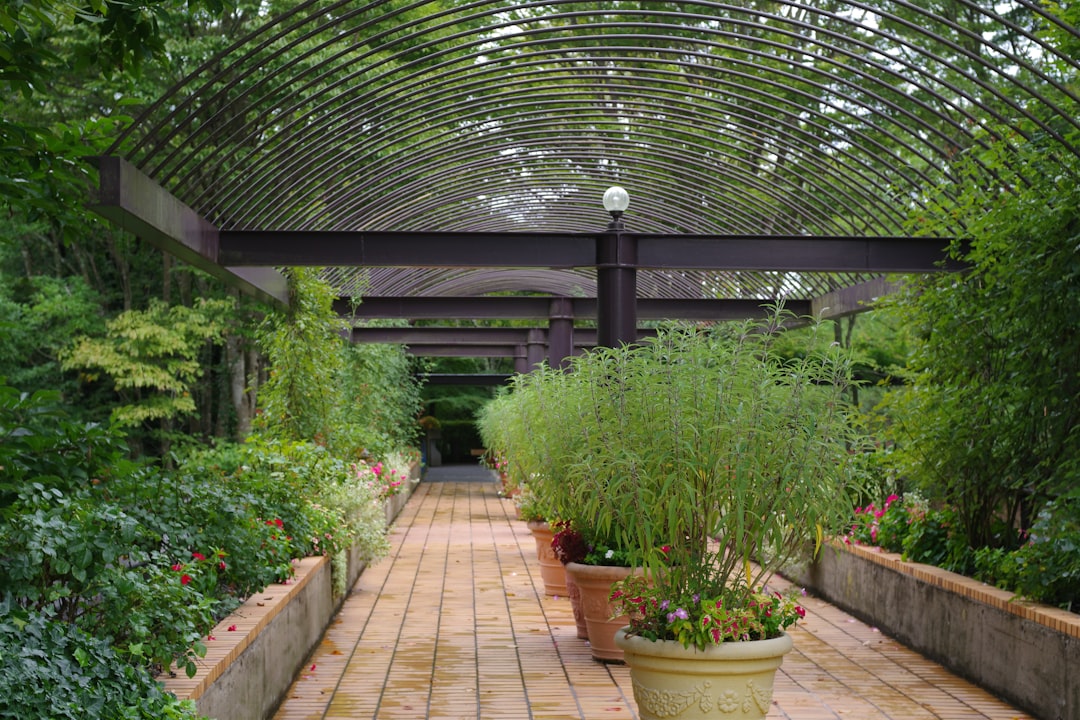The Art of Ornamental Grass Trimming in Your Yard

Maintaining a beautiful yard involves various tasks, and one important aspect is caring for ornamental grasses. These grasses can add a unique and elegant touch to your garden, but they require proper trimming to thrive and look their best. In this article, we'll explore when to cut back ornamental grasses, the best tools to use, and the steps to trim them properly, depending on their type.
### When to Cut Back Ornamental Grasses
The timing of trimming ornamental grasses is crucial. Different types of grasses have different optimal trimming times. For warm - season grasses, such as Miscanthus and Panicum, it's best to trim them in late winter or early spring before new growth begins. This allows the grass to start the growing season fresh and strong. Cold - season grasses, like Festuca and Helictotrichon, are better trimmed in the fall after they have finished their active growth period. Trimming at the right time helps the grass maintain its health and appearance.
### Best Tools for Trimming Ornamental Grasses
Having the right tools can make the trimming process much easier and more efficient. One of the essential tools is a sharp pair of pruning shears. Pruning shears are great for cutting through thinner grass blades and small clumps. For larger and more established grasses, a hedge trimmer can be a valuable tool. Hedge trimmers can quickly cut through thick masses of grass, saving you time and effort. Additionally, a pair of gloves is necessary to protect your hands from sharp grass edges and potential thorns. A rake is also useful for cleaning up the trimmed grass after you're done.
### Steps to Trim Ornamental Grasses Properly
#### Step 1: Assess the Grass
Before you start trimming, take a good look at the grass. Identify any dead or damaged parts that need to be removed. This will help you focus your trimming efforts and ensure that you're only cutting what's necessary.
#### Step 2: Tie the Grass
If the grass is tall and floppy, it can be helpful to tie it together at the top. This makes it easier to handle and gives you a more even cutting surface. You can use a piece of twine or a garden tie for this purpose.
#### Step 3: Start Trimming
Begin by cutting off the dead or damaged parts of the grass using your pruning shears or hedge trimmer. Make clean cuts close to the base of the grass. For warm - season grasses, aim to cut them back to about 4 - 6 inches above the ground. For cold - season grasses, leave a bit more length, around 6 - 8 inches, as they may need some foliage to protect them during the winter.
#### Step 4: Clean Up
After trimming, use a rake to gather all the cut grass and debris. Dispose of it properly, either by composting if it's healthy grass or by throwing it away if it's diseased. This helps keep your yard clean and reduces the risk of pests and diseases.
### Different Types of Ornamental Grasses and Their Trimming Needs
There are many different types of ornamental grasses, each with its own characteristics and trimming requirements. For example, Pennisetum, or fountain grass, has a more delicate structure. When trimming Pennisetum, be careful not to over - cut as it can affect its natural shape. Switchgrass (Panicum virgatum) is a hardy grass that can tolerate more aggressive trimming. It can be cut back quite low in the spring to encourage new growth.
### Conclusion
Caring for ornamental grasses in your yard is a rewarding task. By knowing when to cut them back, using the right tools, and following the proper trimming steps, you can ensure that your ornamental grasses remain healthy and beautiful throughout the year. Whether you're a seasoned gardener or just starting out, these tips will help you keep your yard looking its best.